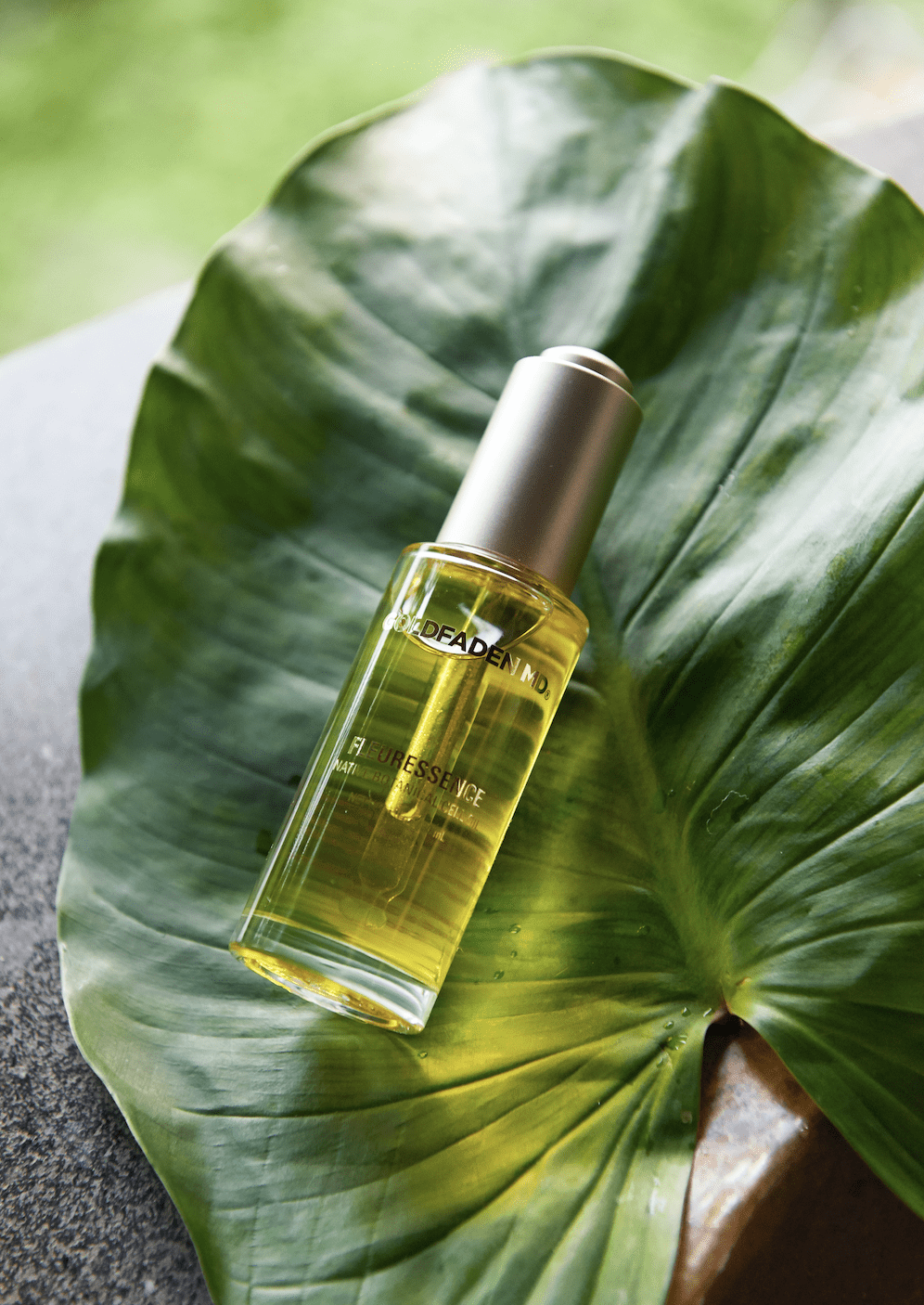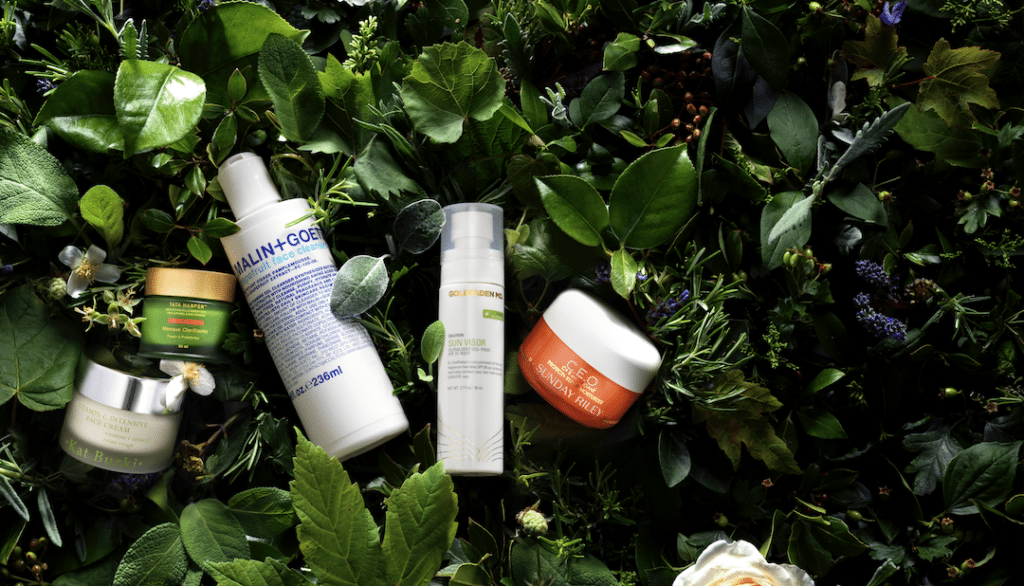Travel. Air travel, specifically. Every time you board a plane, you’re exposed to stale, crazy-dry, recirculated air, so even if you’re only taking an hour-long flight (lucky!), you end up with a significantly moisture-sapped, duller complexion when you land. And that’s not accounting for what happens on your actual vacation: using strange hotel beauty products, skin experiencing different water, forgetting your favorite sunscreen, and eating different foods.
We sat down with Dr. G to understand just exactly what happens to our skin and how to combat Jet leg from sinking in while we travel.
Does skin get ‘jet lagged’? How does it manifest?
Jet lag manifests itself in many different ways, both physical and mental. Think fatigue, bloating, insomnia, irritability, digestive issues, breakouts and general stress.
Jet lag, or desynchronosis, is a temporary circadian rhythm disorder that often occurs when a person travels across time zones. The body’s internal clock is disrupted, and major symptoms include insomnia, fatigue, bloating, anxiety, malaise, and emotional disturbances.
When a traveler crosses a few time zones, the body uses natural cues like sunlight and an eating schedule to try and acclimate to the appropriate time. But because travel is disorienting for the physical body, it can take a few days before all the natural processes even out and become normalized.
Jet lag is usually worse when moving from west to east because travelers lose hours of their day.
Why does skin suffer? Is the increased cortisol combined with reduced hydration for example?
Stressful security checks, unhealthy airport food options, omnipresent air conditioning, cabin pressure and dry air can wreak havoc on the most resilient complexions. Dehydration and bacteria are major factors here. If you’re prone to breakouts, touching bathroom doors and tray tables (full of germs) and then touching or rubbing your face can exacerbate acne, let alone make you sick. Always a good idea to pack antibacterial wipes and wipe down the areas you will be touching. If you feel ill before travel you may want to wear a mask to protect yourself and those around you.
If you choose to sleep on a flight (or in the airport) it’s likely not high quality zzz’s. Rest is incredibly important for cell turnover and skin recovery—in fact, regeneration happens three times as fast while asleep.
Are there any ways we can prevent it before hand? Or lessen its impact during flight or afterwards?
Pre-flight:
A pre-trip plan is crucial when it comes to preventing jetlag. If time permits you can start the week before travel by starting to wake up a few hours earlier every day to get your body used to another time zone. This is probably best for time zones, which will be many hours ahead. If you choose to do this, use a light to stimulate your brain/melatonin levels when waking (as the sun will not be up yet). Being hydrated before your flight is crucial. Try drinking a hydration multiplier powder to increase internal hydration. Going makeup free on the flight is also a good idea but make sure you are wearing an antipollution serum (Brightening Elixir) and heavy moisturizer or nourishing oil (Fleuressence Botanical Oil) to lock in moisture.

Inflight:
Drink plenty of fluids (no alcohol or caffeine as they dehydrate the body and skin). Try and rest and or sleep. Pack earplugs and a sleep mask to create a relaxing sleep environment.
Post Flight:
Wash your face very well and try a gentle peel. Our Fresh A Peel (lactic acid peel) will obliterate any dry skin or bacteria that may have happened as a result of air travel. Follow with a hydrating oil or rich night cream.
If possible, try to book a flight that lands later in the evening at your final destination. Your goal is to basically get to sleep, as this is the best way to acclimate to a new time zone. If you arrive during the day, a light workout or walk outside in the sunlight will help set your internal clock on the time zone.

